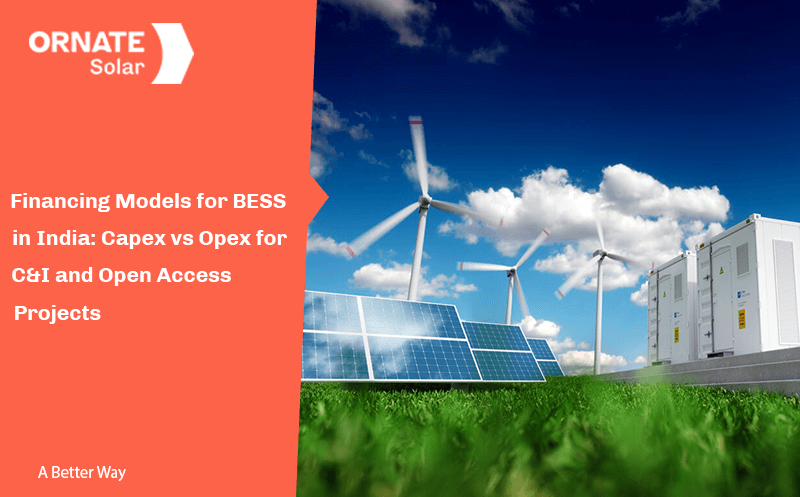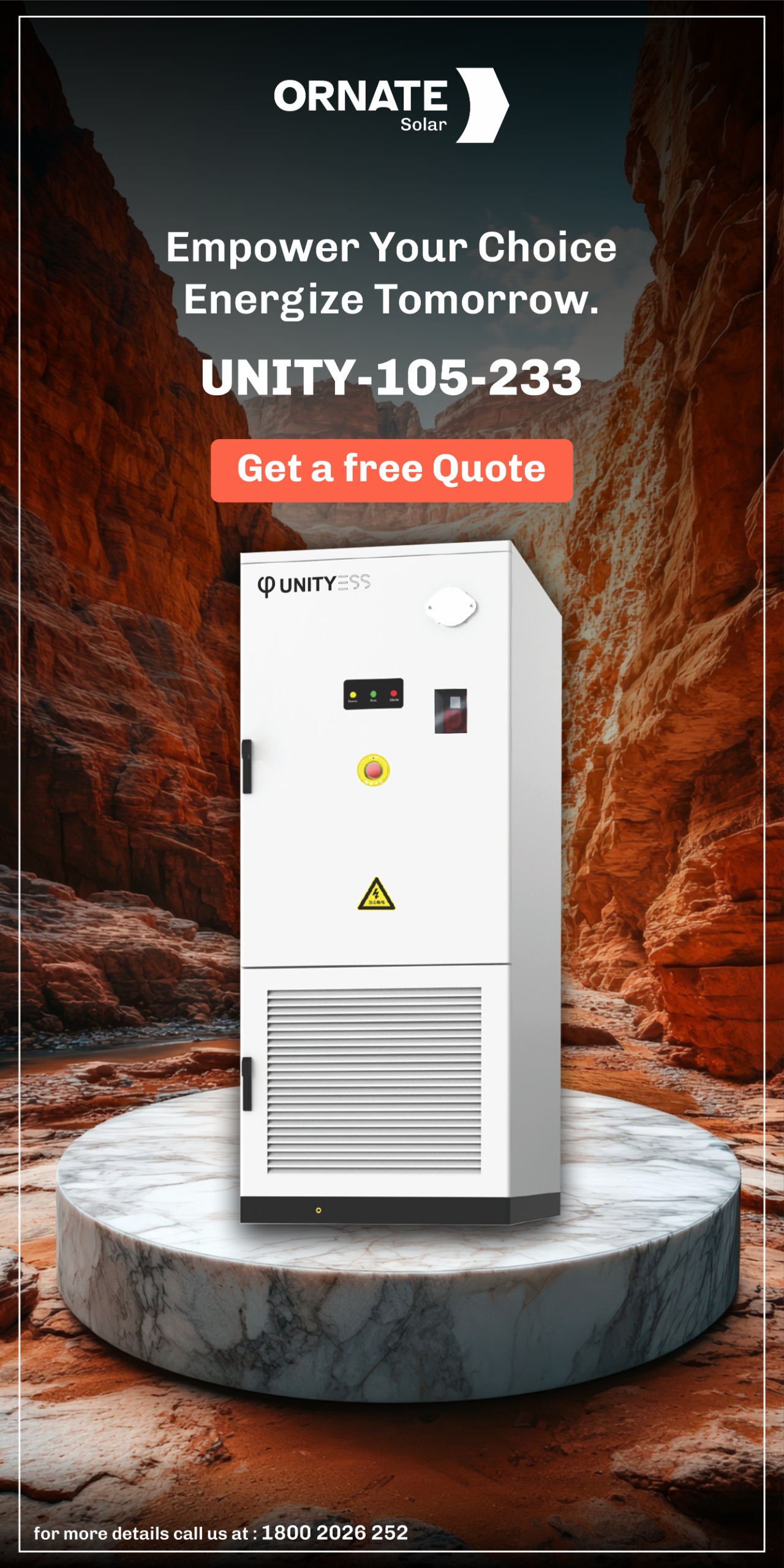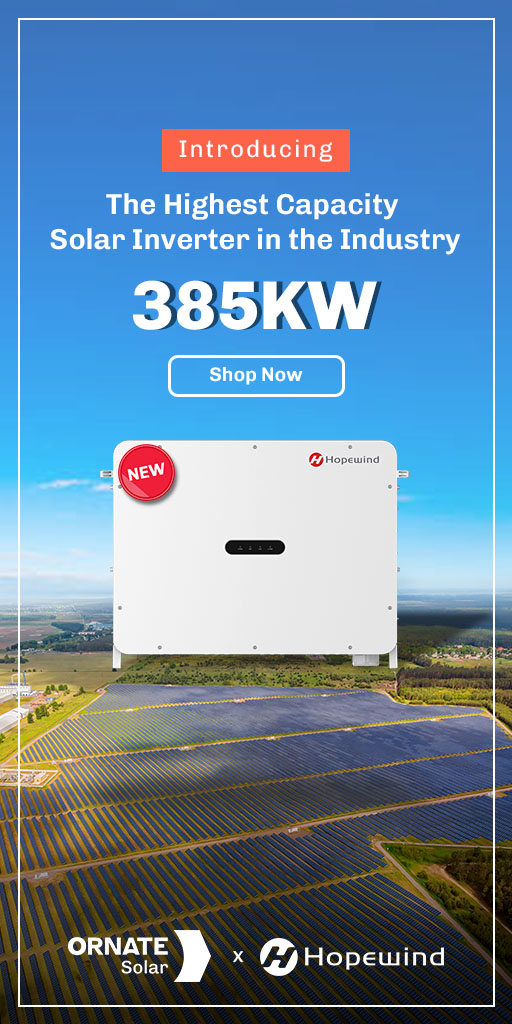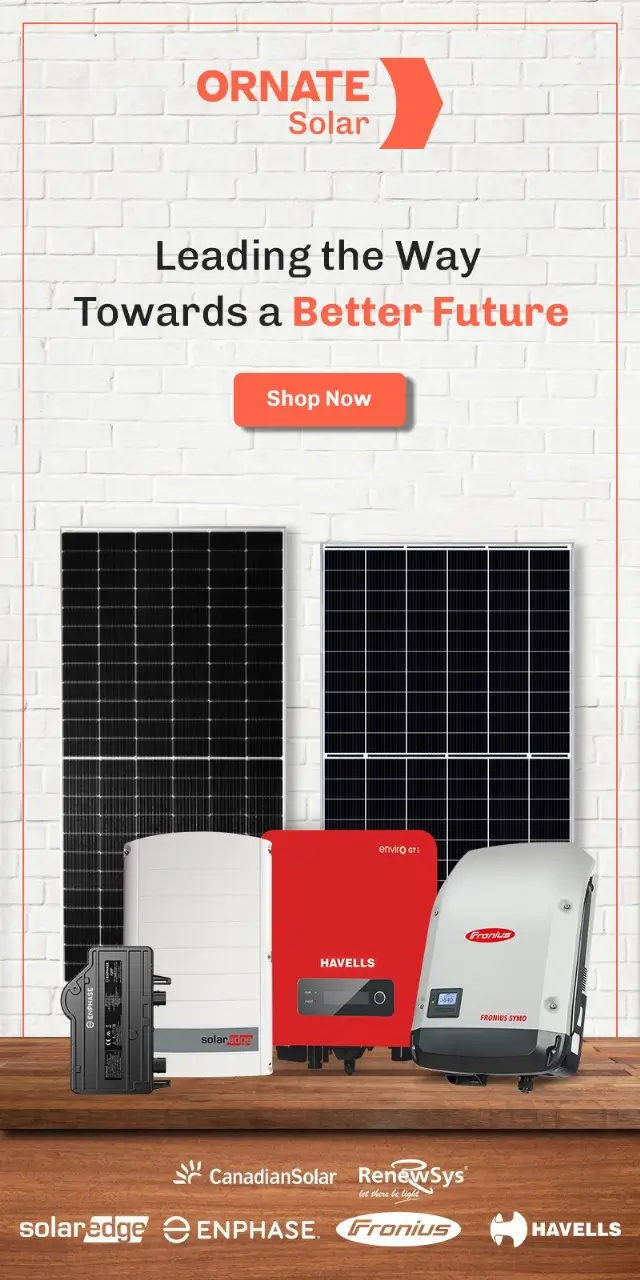

Battery Energy Storage Solutions (BESS) are critical for India’s renewable energy growth. With solar and wind capacity increasing, storage ensures round-the-clock reliability, reduces grid stress, and improves energy utilization.
The real challenge for businesses is deciding how to finance storage: should you buy the system outright (Capex) or pay to use it as a service (Opex)?
Why Financing Choices Matter
India is projected to reach 74 GW/411 GWh of BESS capacity by 2032, with investments totaling Rs 780–2,800 billion (USD 9–32 billion). Industrial BESS projects typically cost approximately Rs 37,000–62,000 per kWh ($420–$700 per kWh), with batteries making up roughly 65% of Capex.
Government policies further shape the economy:
- Viability Gap Funding (VGF): up to 30% of Capex (~Rs2.7 million/MWh)
- ISTS waivers: available until 2028
- Typical payback periods: 8–12 years
These incentives make it easier for developers and C&I businesses to adopt storage at competitive rates.
Capex: Own the System, Reap Long-Term Returns
The Capex model involves purchasing and owning the BESS system.
- Ideal for: Open Access projects, large-scale industrial plants
- Advantages: Asset ownership, long-term ROI, eligibility for government incentives
- Payback: 8–12 years depending on scale
Example:
The TERI-BSES Rajdhani standalone BESS project in Delhi (20MW/40MWh) was partly funded by a concessional GEAPP loan, covering 70% of Capex, and secured a regulated annual tariff of Rs5.8 million/MW.
Capex works best for projects with long-term horizons and stable revenue streams.
Opex: Flexible, Zero Upfront Investment
The Opex model (BESS-as-a-Service) allows businesses to subscribe to storage rather than own it.
- Ideal for: C&I companies, SMEs, and businesses avoiding upfront Capex
- Advantages: Zero upfront cost, predictable service fees, maintenance and upgrades included
- Payback: Day-one savings, cash flow-friendly
Example:
ABB’s BESS-as-a-Service (2025) provides industrial and commercial users with a subscription-based model that bundles hardware, software, and maintenance, offering flexibility and lower financial risk.
Cost, ROI & Payback
| Financing Model | Cost Structure | Ownership | Payback | Best Use Case |
|---|---|---|---|---|
| Capex | Rs 37,000–62,000/kWh ($420–700/kWh) | Full ownership | 8–12 yrs | Open Access & large industrial |
| Opex | Subscription/service fee | Provider-owned | Immediate | C&I & SMEs |
Pro Tip: Pairing Battery Energy Storage Solutions with high-capacity inverters improves energy capture and reduces operational risks, especially in high-temperature conditions.
Choosing the Right Model
- Capex: For large projects with long-term plans and access to subsidies or concessional loans.
- Opex: For smaller or medium businesses seeking flexibility, lower financial risk, and immediate returns.
Both models serve the same goal: reliable, scalable energy storage that strengthens India’s renewable energy infrastructure.
Common Misconceptions
- Myth: Opex is always more expensive than Capex
✅ Reality: Bundled maintenance, technology upgrades, and risk transfer often make Opex cost-competitive. - Myth: Capex is financially unviable
✅ Reality: Incentives like VGF, concessional loans, and ISTS waivers significantly reduce upfront burden.
FAQ: BESS Financing in India
Conclusion
India’s Battery Energy Storage System market is at a turning point. Capex models help developers build long-term value, while Opex models allow faster adoption for businesses seeking flexibility. Choosing the right model depends on project scale, cash flow, and risk appetite.
With government incentives and innovative service offerings, battery energy storage solutions are now accessible to every scale of project, from C&I to utility-scale.
About Ornate Solar
Ornate Solar is a leading solar company with 10 years of experience in the industry and the mission to reimagine the way solar is installed worldwide.
By not only partnering with the best-in-class solar brands but also developing our high-quality solutions (panels, inverters, accessories, InRoof), we develop and deliver solutions that are modern, reliable, and effective.
Ornate Solar is also a trusted BESS manufacturer in India. We have developed UnityESS, an advanced energy storage solution to provide reliable power and energy independence.
If you are looking for high-quality solar solutions, reach out to us at 1800 2026 252 to discuss your options.









Leave A Comment